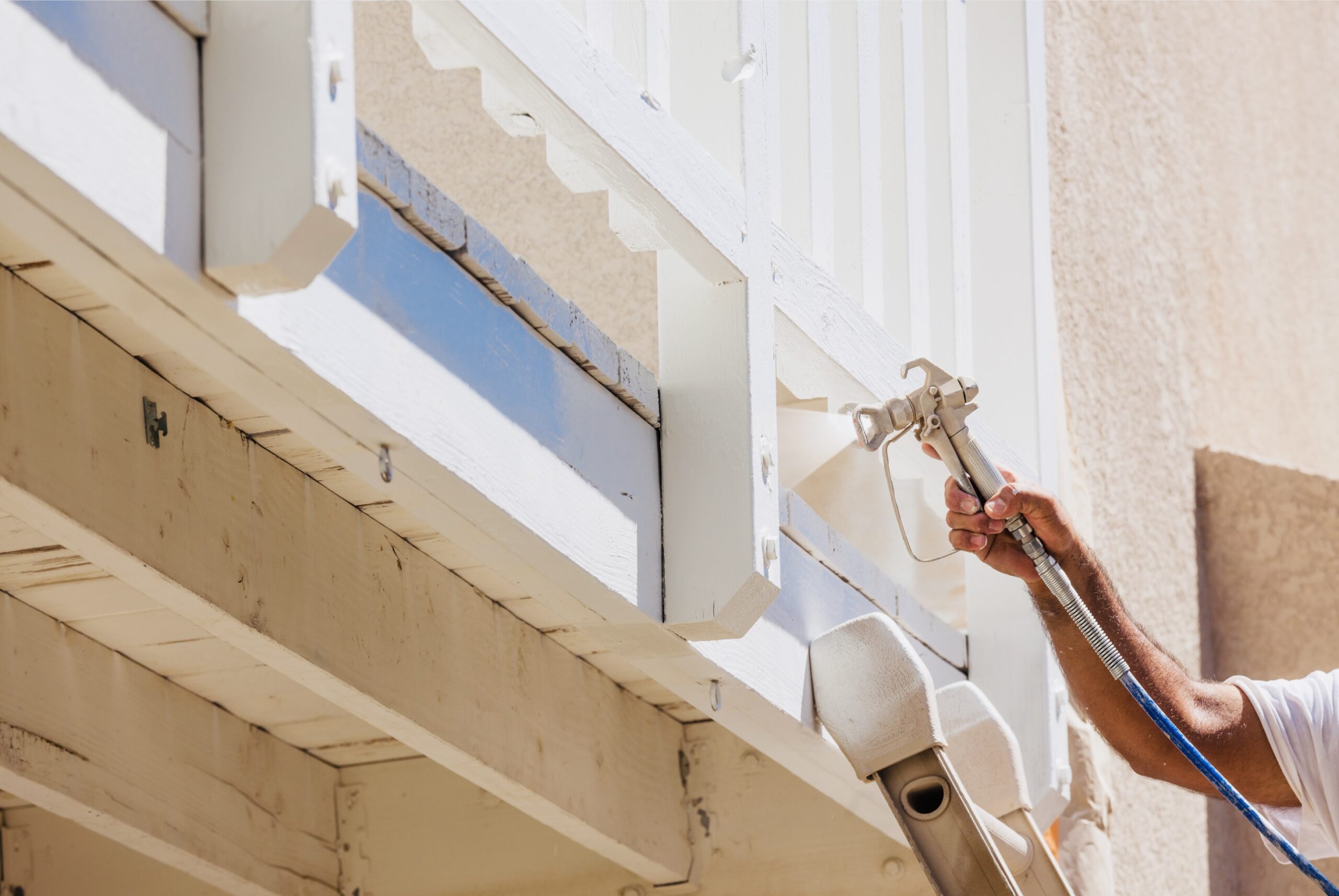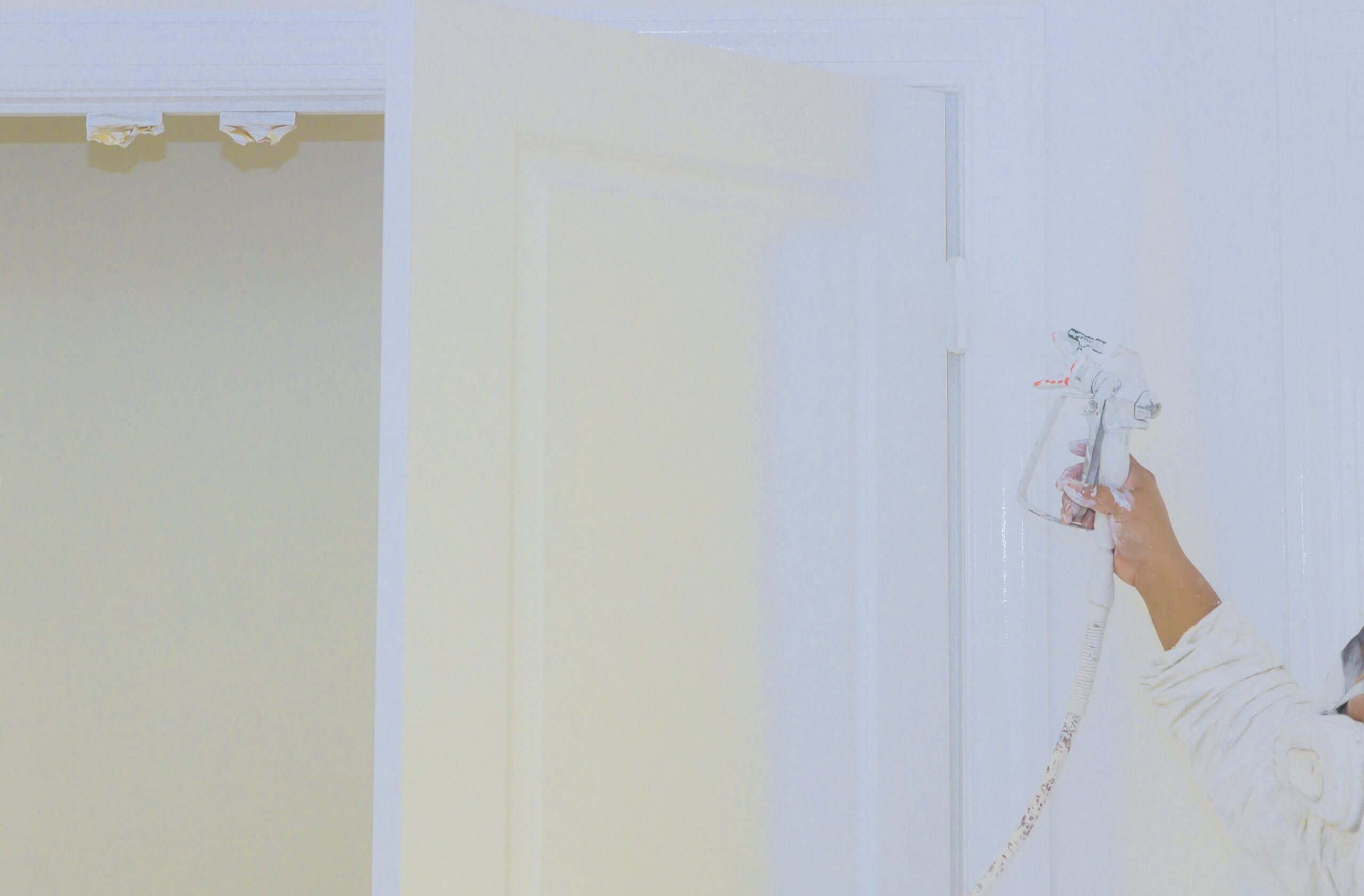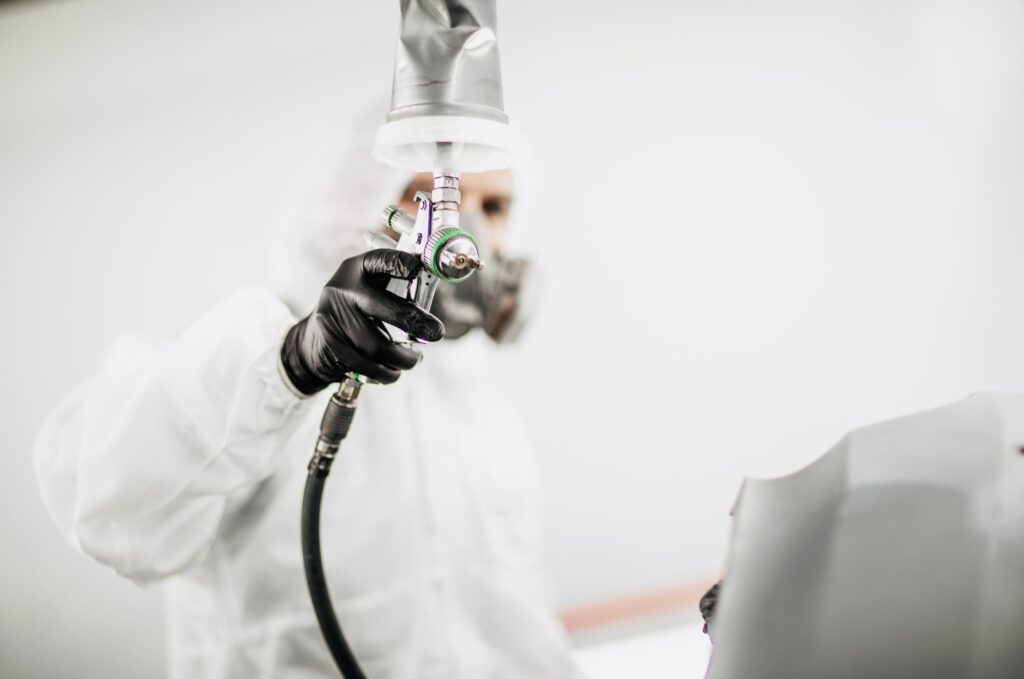The Amazing Part Of Pros And Cons Of Spray Painting A House
Spray painting has become an increasingly popular choice for homeowners looking to refresh the exterior of their houses. This method offers a range of advantages, from efficiency to a smooth finish, but it has drawbacks.

In this article, we will explore the pros and cons of spray painting a house, providing Pros And Cons Of Spray Painting A House for their next home improvement project.
Spray paint has revolutionized how we approach house painting, promising a faster and more efficient method than traditional brushing or rolling. While it offers a sleek and professional finish, it is essential to weigh the pros and cons before committing to this technique. Let’s dive into the key aspects that make spray painting a compelling choice and the potential challenges homeowners might encounter.
Pros of Spray Painting a House
Efficiency: One of the standout benefits of spray painting is its remarkable efficiency. Unlike the time-consuming process of brushing or rolling, spray painting allows for rapid coverage of large surfaces, making it an ideal choice for sizable projects.
Smooth Finish: The quest for a flawless finish is a common goal when painting a house. Spray painting excels in this department, providing a smooth and even coat that minimizes the appearance of brush or roller marks, resulting in a polished aesthetic.
Versatility: Homes come in various materials and textures, and spray painting proves versatile in accommodating these differences. Whether your exterior is composed of stucco, brick, or siding, spray painting can adapt, ensuring a consistent finish across diverse surfaces.
Cost-Effectiveness: While the initial investment in quality spray equipment can be daunting, the overall cost-effectiveness of spray painting becomes apparent for large projects. The application speed can significantly save labor costs, making it a financially viable option.
Uniform Coating: Achieving uniform coverage is essential in any painting project, and spray painting delivers consistent thickness. This enhances the visual appeal and reduces the likelihood of drips or uneven patches that can mar the final result.
Access to Hard-to-Reach Areas: Homes often have nooks and crannies that are challenging to paint with traditional methods. Spray painting allows easier access to these areas, ensuring that every inch of your house receives a fresh coat without needing acrobatic maneuvers.
Professional Look: When executed with skill and precision, spray painting imparts a professional and high-end appearance to your home’s exterior. The seamless finish contributes to curb appeal, leaving a lasting impression on passersby.
Cons of Spray Painting a House
Overspray Concerns: While spray painting offers efficiency, overspray is common. Careful masking of surrounding areas is essential to prevent unintended paint application on windows, plants, or neighboring properties.
Skill Requirements: Mastering the spray painting technique is crucial for success. Inexperienced individuals may need help to achieve an even application, leading to visible inconsistencies and a less-than-perfect finish.
Wind Dependency: Weather conditions, particularly wind, can impact the direction of spray, leading to uneven coverage and potential environmental concerns. Choosing calm days for spray painting is essential to minimize these issues.
Equipment Cost: Embracing spray painting requires an initial investment in quality equipment, including a reliable spray gun and protective gear. While the long-term savings on labor costs can offset this, the upfront expense may deter some homeowners.
Prep Work: Before the first paint spray, extensive preparation is necessary. This includes meticulous masking and covering adjacent surfaces to protect them from overspray. The thoroughness of prep work significantly influences the success of the project.
Environmental Impact: Some spray paints contain volatile organic compounds (VOCs), contributing to air pollution and potential health hazards. Environmentally conscious homeowners should carefully select low-VOC or eco-friendly paint options to minimize these concerns.
Limited DIY Feasibility: Spray painting is more forgiving to DIY enthusiasts with proper training than brushing or rolling. Achieving professional-looking results requires skill and experience, making it a less accessible option for those who prefer to tackle home improvement projects independently.
How To Use Spray Painting A House
Spray painting your house can yield excellent results when done correctly.
Here’s a step-by-step guide to help you explore the process:
Surface Preparation
- Clean the surface thoroughly to remove dirt, dust, and loose paint.
- Repair any damaged areas, such as cracks or holes, using suitable fillers.
- Sand the surface to create a smooth and even canvas for the paint.
Masking and Covering
- Protect windows, doors, and other areas not intended for painting by covering them with plastic or painter’s tape.
- Use drop cloths to shield the ground from overspray and drips.
Selecting the Right Paint
- Choose a high-quality exterior paint suitable for spray application.
- Consider low-VOC or eco-friendly options to minimize environmental impact.

Weather Considerations
- Check weather conditions. Ideally, choose a day with low wind to prevent overspray issues.
- Avoid painting in extreme temperatures or during rain.
Spray Equipment Setup
- Invest in a quality spray gun suitable for your project.
- Read and follow the manufacturer’s instructions for assembling and using the spray equipment.
- Wear appropriate protective gear, including a mask and goggles.
Practicing Technique
- Before starting on the house, practice your spray-painting technique on a scrap surface to get a feel for the equipment.
- Adjust the nozzle and spray pattern according to your needs.
Starting the Application
- Begin spraying from the top of the house and work your way down, ensuring even coverage.
- Hold the spray gun about 12-18 inches from the surface.
- Keep the gun moving to avoid buildup in one area, maintaining a consistent distance.
Overlap and Even Coating
- Overlap each pass by about 50% to ensure uniform coverage.
- Pay attention to achieve an even coating, avoiding heavy spots or drips.
Drying Time
- Allow sufficient drying time between coats as recommended by the paint manufacturer.
- Check the weather forecast to ensure no rain or adverse conditions during the drying period.
Additional Coats
- Assess the coverage after the first coat dries.
- Apply additional coats for a more vibrant color or enhanced durability.
Cleaning Equipment
- Clean the spray gun thoroughly to prevent clogs and maintain its performance.
- Follow the manufacturer’s guidelines for cleaning equipment and disposing of leftover paint or solvents.
Final Inspection
- Once the paint has dried completely, inspect the house for any missed spots or uneven areas.
- Touch up as needed for a polished and professional finish.
Remember, spray painting requires skill and practice. If you need more clarification about the process, consider hiring professionals to ensure a high-quality result and save yourself the potential challenges of DIY spray painting.
FAQs
Q1: Is spray painting suitable for all types of surfaces?
A1: Spray painting is versatile and can be applied to various surfaces, including stucco, brick, siding, and more. However, surface preparation is critical to achieving optimal results.
Q2: How does spray painting compare to traditional methods in terms of speed?
A2: Spray painting is notably faster than traditional brushing or rolling methods. Its efficiency lies in quickly covering large surfaces, making it an excellent choice for extensive projects.
Q3: Are there environmental considerations with spray paint?
A3: Yes, some spray paints contain volatile organic compounds (VOCs), which can contribute to air pollution. To minimize environmental impact, consider using low-VOC or eco-friendly paint options.
Q4: How do I prevent overspray during a spray-painting project?
A4: To avoid overspray issues, thorough masking and covering surrounding areas are essential. Careful planning and protection of windows, plants, and neighboring properties can prevent unintended paint application.
Q5: What kind of weather conditions are ideal for spray painting?
A5: Weather, particularly wind, can impact the direction of spray. Choose calm days with minimal wind to ensure even coverage and minimize the risk of overspray issues.
Q6: How long does a spray-painted exterior typically last?
A6: The longevity of a spray-painted exterior depends on factors such as climate, surface preparation, and paint quality. A well-executed spray paint job can last many years with proper application and maintenance.
Q7: Can I hire professionals for a spray painting project, or is it strictly a DIY endeavor?
A7: Hiring professionals with experience in spray painting is a viable option, especially for those unfamiliar with the technique. Professional painters can ensure a high-quality finish and navigate potential challenges effectively.
Conclusion
In conclusion, spray painting offers a range of benefits that can transform the exterior of your house into a masterpiece. The efficiency, smooth finish, and versatility make it a compelling choice for those seeking a modern and professional look. However, it’s essential to acknowledge the challenges, including Pros And Cons Of Spray Painting A House, overspray issues, skill requirements, and the environmental impact of certain paints.
Before embarking on a spray-painting project, carefully weigh these pros and cons to ensure a successful and satisfying outcome for your home’s makeover.
Happy Painting!

